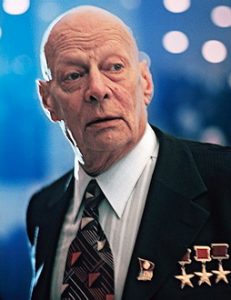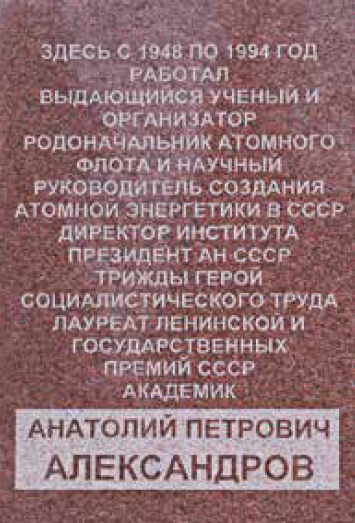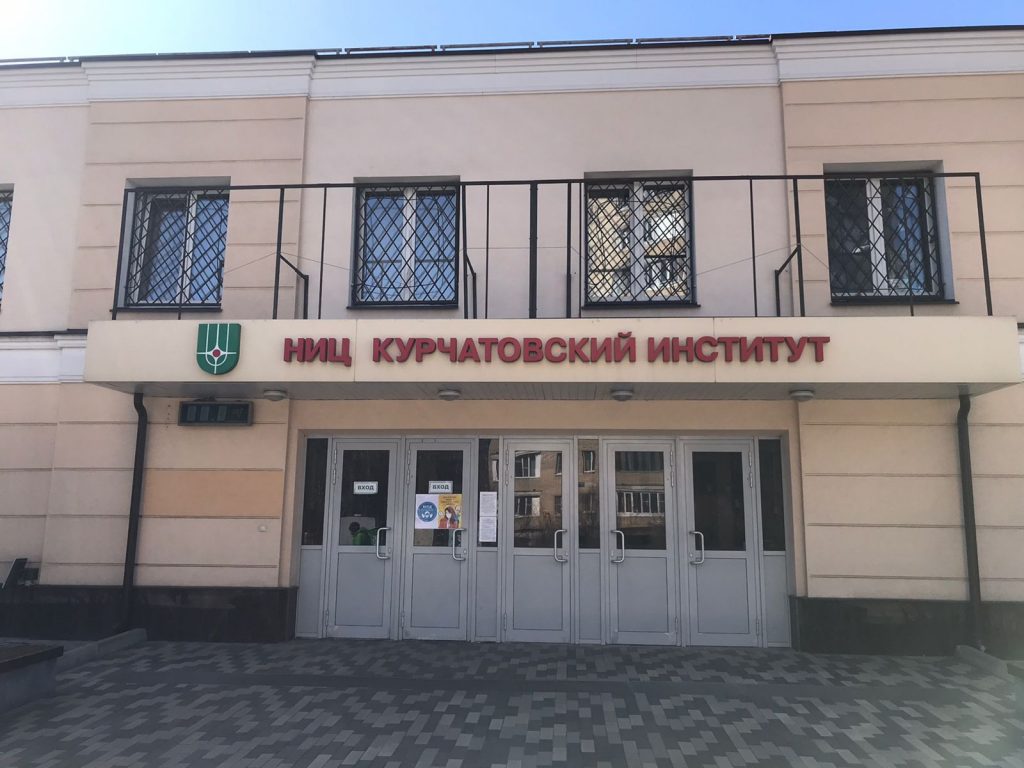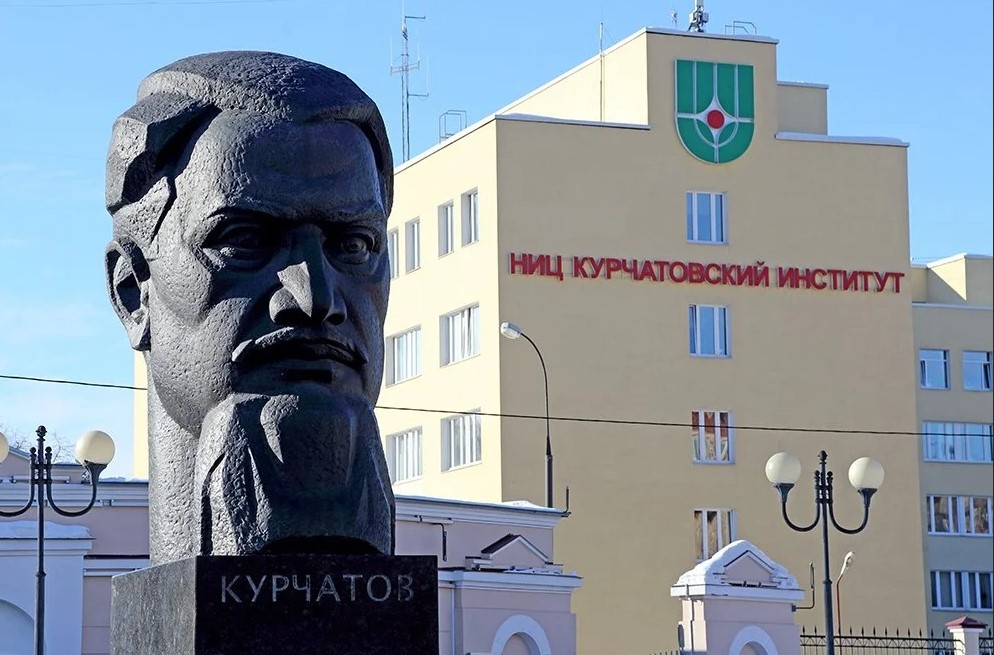Anatoly Petrovich
Aleksandrov
1903-1994

Anatoly Petrovich Aleksandrov was the Director of the Institute of Physical Problems of the USSR Academy of Sciences (1946-1955), Director of the I.V. Kurchatov Institute of Atomic Energy, Academician of the USSR Academy of Sciences, Moscow, Three Times Hero of Socialist Labor. Since 1916 he studied in the physico-chemical circle of secondary schools in Kiev, together with other members of the circle organized an electrical group with him, earned a living working as an electrician and electrical engineer. After finishing school, he entered Kiev University, taught physics and chemistry in one of the schools in Kiev, worked at Kiev X-ray (medical) Institute in the X-ray physics department. The subject of his research during this period was the physics of dielectrics. In 1933 Alexandrov developed methods for obtaining frost-resistant rubber from synthetic rubbers, which was widely used in aviation and artillery. In 1935 he, together with S.N. Zhurkov and P.P. Kobeko, developed a statistical theory of strength, which served as the basis for the modern physical theory of durability of solids. During the Great Patriotic War, Alexandrov supervised the work on protecting ships from magnetic mines and torpedoes and, together with I.V. Kurchatov and M.M. Tuchkevich, created a method of mine protection, so that during the war, not a single ship equipped with an appropriate system was destroyed by magnetic mines. In 1943 Alexandrov joined the work on the creation of atomic weapons. In 1946-1955 he worked as the director of the Institute of Physical Problems of the USSR Academy of Sciences. In 1953, he was elected a full member (academician) of the USSR Academy of Sciences (since 1991 – RAS). By decree of the Presidium of the Supreme Soviet of the USSR dated January 4, 1954 (with the stamp “top secret”), Anatoly Petrovich Alexandrov was awarded the title of the Hero of Socialist Labor with the award of the Order of Lenin and the Hammer and Sickle gold medal for exceptional services to the state in fulfilling a special task of the Government. In 1955 he became the Deputy director of the Institute of Atomic Energy (IAE), and in 1960, after the death of I.V. Kurchatov, he became its director. In this institute, under the leadership of Aleksandrov, complex and time-consuming physical research and development necessary to solve the problems of nuclear energy were carried out in a short time. Their result was the creation of powerful nuclear reactors installed at nuclear power plants in the USSR and a number of countries of the socialist camp. On the initiative of Aleksandrov and with his participation, ship power plants for the nuclear icebreakers Lenin, Arctic and Siberia were developed and built. In the 1960s, anticipating the technical use of superconductivity, he ensured the construction of the largest helium liquefaction plant in the country at the I.V. Kurchatov Institute. Aleksandrov made an invaluable contribution to the creation of the country’s nuclear submarine fleet, which played a huge role in achieving strategic parity in the world, and in the formation and development of the nuclear military surface fleet. He lived in the city of Moscow. He was awarded 9 Orders of Lenin, Orders of the October Revolution, the Patriotic War of the 1st degree, the Red Banner of Labor, medals, and was a laureate of various prizes. He was awarded the M.V. Lomonosov Grand Gold Medal of the USSR Academy of Sciences.
Address: Moscow, Akademika Kurchatov pl., 1, p. 1


